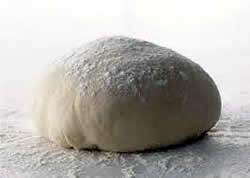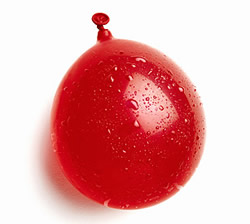FEEL OF A NORMAL BREAST
The normal breast contains two main types of cells - fat cells and glandular cells. Depending on the amount of each present, the 'density' of the breast varies, and with density, the feel of a breast varies. This variation is both, from woman to woman, and from age to age. The breast should ideally be 'felt' with the 'flat' of the hand. The 'flat' of the hand means the 'inner' surface of the fingers. The fingers should be placed on the breast tissue, and rotated in a clockwise manner, to have a 'feel'
Breasts, which are 'less dense' feel like a sponge. The fingers dip in easily. Breasts which are 'more dense' feel like a dough. The fingers cannot be dipped in that easily, and there is some resistance. Both are, however, soft to feel, and none of them feels hard at all. These are the two extremes and most women will have a breast tissue density, somewhere in between these two. The reason of discussing this breast density is that, it is essential to be familiar with the feel of the breast.




